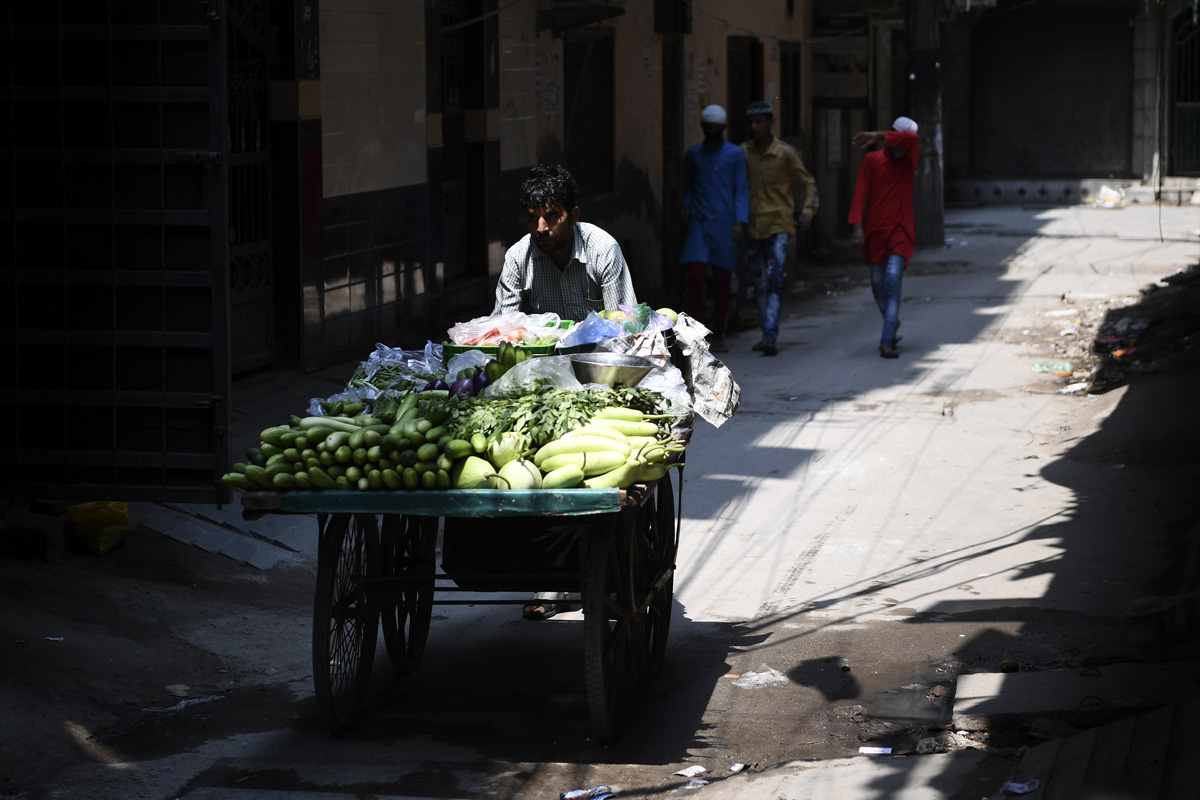India’s retail inflation declined in November after maintaining 7 per cent for two straight months.
Analysts believe that latest figures may push the Reserve Bank of India to keep the policy rate on hold to support the economy, reports suggested.
Advertisement
November’s Consumer Price Index (CPI), which gauges the retail price inflation, rose at a slower rate of 6.93 per cent, lower than the 7.61 per cent reported in October.
As per the data furnished by the National Statistical Office (NSO), CPI Urban rose to 6.73 per cent in November from 7.33 per cent in October, while CPI Rural increased to 7.20 per cent last month from 7.75 per cent in October.
The Consumer Food Price Index, increased at a slower rate of 9.43 per cent in November from 11 per cent in October.
The CFPI readings measure the changes in retail prices of food products.
On a YoY inflation rate, prices of vegetables and pulses and products jumped by 15.63 per cent and 17.91 per cent, respectively, in November.
“The headline CPI inflation for November 2020 printed appreciably lower than our expectations, benefiting from stable vegetable prices at the retail level,” said Aditi Nayar, Principal Economist, ICRA.
“While this provides welcome relief, it is unlikely to prove adequate for any imminent rate easing.”
Sunil Kumar Sinha, Principal Economist, India Ratings and Research, said: “Retail inflation at 6.93 per cent is still outside the comfort zone of RBI. However, core inflation (non-food and non-energy) and core-core inflation (non-food, non-energy and transport & communication) are broadly stable in the range of 5-5.79 per cent and 4.72 per cent and 4.95 per cent respectively since May 2020.”
“Inflation even in other category such as clothing, footwear, housing, household goods and services, education and health are fairly stable over the past several months. Clearly the movement in retail inflation is broadly driven by the movement in food and beverage inflation which has 46 per cent weight in the consumer price index.”
In addition, Emkay Global’s Lead Economist Madhavi Arora said: “Disrupted supply chain logistics, higher operational and labour costs, higher administrative fuel costs partly contribute to the upward inflation trajectory in recent months.”
“We maintain the current trajectory is not adequately reflecting the depth of underlying sluggish demand dynamics.”
The RBI has cut its main repo rate by 115 basis points since March to provide a support to the COVID-19 pandemic-hit Indian economy that has resulted in a sharp rise in unemployment.
Earlier this month, the RBI’s monetary policy committee left rates unchanged and expects the economy to contract 7.5 per cent in the current fiscal year.











